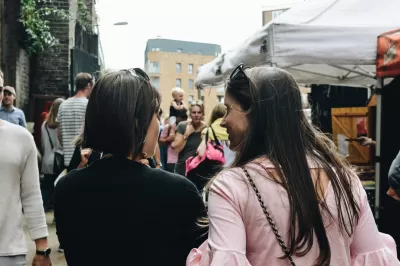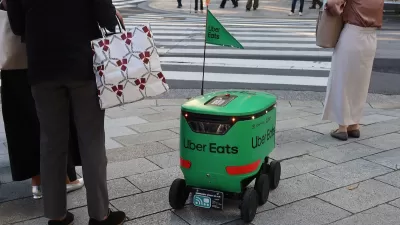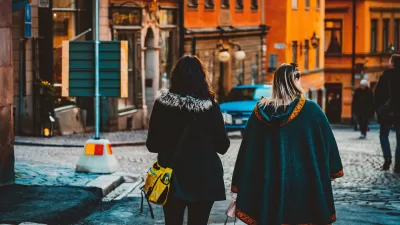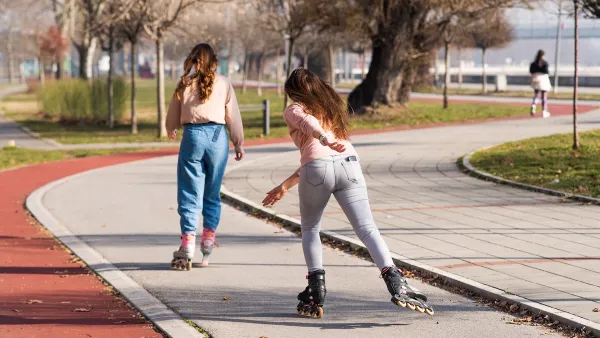Building cities to be safe and accessible for women and LGBTQIA+ people has benefits for all users of public space.

In an article in Architecture Daily, Camilla Ghisleni underscores the benefits of designing cities and public spaces for all users, including different genders, ages, and abilities outlined in the Handbook for Gender-Inclusive Urban Planning and Design, published in 2020 by The World Bank.
As Ghisleni writes, “the initiatives presented by the guide seek to break with the perpetuation of patriarchal gender norms reflected in the city, patterns that began to be questioned in the 1970s, when feminist scholars in the US and Europe analyzed the ways in which urban planning excluded the needs of women.” Now, “more than 50 years later, this discussion is urgent, and it touches other parameters including different minorities related to gender identity, such as transgender, agender, gender neutral, non-binary, etc.”
According to Ghisleni, there are four fundamental criteria for building more inclusive cities: accessibility, mobility, security, and representation. In addition to basic but important improvements like accessibility ramps, security lighting, and improved nighttime transit schedules, the article highlights some creative interventions from around the world that seek to address these issues and improve safety and mobility for the more vulnerable users of public space such as children and members of the LGBTQIA+ community. After recognizing that young women often stopped frequenting city parks after the age of nine, one project in Vienna “renovated an existing park, including new accesses, dividing open areas into more private spaces with landscaping and benches that facilitate interaction, as well as the inclusion of courts for other sports like volleyball and badminton.” The demographics of park visitors changed almost immediately.
Like street furniture, the monuments and public art that cities choose to elevate often represent a narrow part of a city’s history and demographic makeup. “While elements that represent a common narrative, they have now incorporated more critical thinking, embracing representativeness and diversity” as one step toward making cities feel more inclusive and function more effectively for a wider variety of citizens.
FULL STORY: How Gender Inclusion Is Influencing Urban Design

Maui's Vacation Rental Debate Turns Ugly
Verbal attacks, misinformation campaigns and fistfights plague a high-stakes debate to convert thousands of vacation rentals into long-term housing.

Planetizen Federal Action Tracker
A weekly monitor of how Trump’s orders and actions are impacting planners and planning in America.

Chicago’s Ghost Rails
Just beneath the surface of the modern city lie the remnants of its expansive early 20th-century streetcar system.

Bend, Oregon Zoning Reforms Prioritize Small-Scale Housing
The city altered its zoning code to allow multi-family housing and eliminated parking mandates citywide.

Amtrak Cutting Jobs, Funding to High-Speed Rail
The agency plans to cut 10 percent of its workforce and has confirmed it will not fund new high-speed rail projects.

LA Denies Basic Services to Unhoused Residents
The city has repeatedly failed to respond to requests for trash pickup at encampment sites, and eliminated a program that provided mobile showers and toilets.
Urban Design for Planners 1: Software Tools
This six-course series explores essential urban design concepts using open source software and equips planners with the tools they need to participate fully in the urban design process.
Planning for Universal Design
Learn the tools for implementing Universal Design in planning regulations.
planning NEXT
Appalachian Highlands Housing Partners
Mpact (founded as Rail~Volution)
City of Camden Redevelopment Agency
City of Astoria
City of Portland
City of Laramie





























